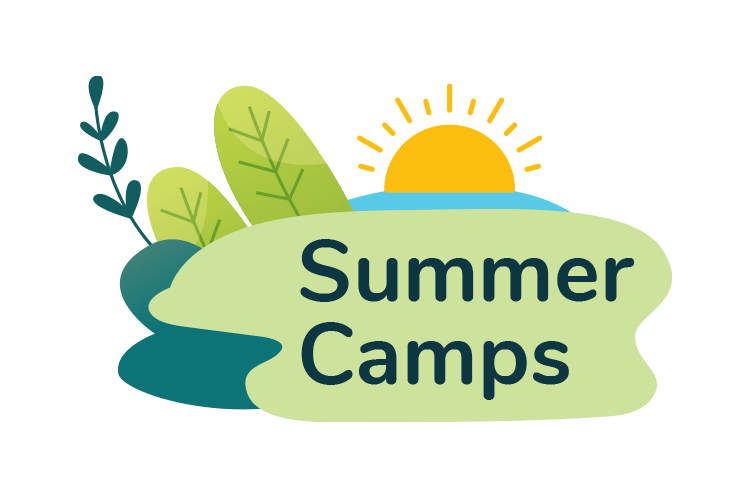Reconciliation with the Land By Jacob Rodenburg
“Thanks,” our children often say with a touch of sarcasm. “Thanks for leaving us this planet.” With overpopulation, wild weather, climate change, pollution, and the accelerating loss of biodiversity, they ask: And now you want us to fix this? You created the mess—what can we possibly do?
This sense of helplessness is now so widespread it has a name: eco-anxiety or eco-phobia—a paralyzing fear in the face of overwhelming environmental problems. Many children, and adults too, fall into apathy, convinced the challenges are too vast, too far gone to make a difference.
But what’s often missing is agency—the belief that you can do something meaningful right where you live. That’s where real change begins.
Every place we live, work, and learn gives us a choice: We can make it worse, leave it as it is, or make it better.
Environmental education often focuses on reducing harm: turn off lights, recycle, bike instead of drive, pick up trash. These are good habits—but they fall into what I call the mitigation trap. We’re trying to be “less bad,” but in doing so, we forget to ask: What does good look like?
It looks like bringing nature home—rewilding our schoolyards, planting native gardens, creating pollinator corridors, installing birdhouses and bee hotels. It looks like transforming paved spaces into vibrant ecosystems rich with life.
And here, Indigenous communities can show us the way.
Let us all work hard to implement the 94 Calls to Action from the Truth and Reconciliation Commission of Canada. At the same time let’s also consider another form of reconciliation: reconciling with the land that we have damaged.
In collaboration with the Peterborough Victoria Northumberland and Clarington (PVNC) Catholic District School Board, GreenUP, and Knowledge Holders from Curve Lake First Nation, Camp Kawartha is helping three schools—Curve Lake First Nation School, St. John’s in Peterborough, and St. Paul’s in Lakefield—transform their school grounds into living classrooms rooted in Indigenous Ways of Knowing.
In partnership with staff and students, Knowledge Holder Anne Taylor, Indigenous Education Advisor to the PVNC Board, Learning Consultant Mike Mooney, educators Glen Caradus and Theo Jacobs along with Laura Keresztesi GreenUP’s Program Coordinator, the team is working together to bring these spaces to life.
Students learn about the living world—soil, plants, water, animals—through “two-eyed seeing” – combining Western science and Indigenous knowledge. These grounds also serve as places to revitalize Anishinaabemowin, the traditional language of the Michi Saagiig Anishnaabeg. Anne reminds us that this language is not just a human invention—it arises from the land itself. When spoken, she says, the land understands.
Fewer and fewer people speak Anishinaabemowin fluently. By teaching students the words of the living world around them, we help keep this beautiful language alive—and deepen our relationship with the Earth at the same time.
These transformed schoolyards remind us that sustainability isn’t enough. We must regenerate. Let’s give back to the land we’ve taken from. Let’s show our children that people and nature can thrive together.
Imagine if every person gave over just a little patch of their land—to plant a tree, build a pollinator garden, restore a bit of wetland, or create a corridor for wildlife. With each small act of restoration, our fragmented landscapes could begin to heal. Yards, school grounds, boulevards, and backlots could become part of a living mosaic—threads in a growing tapestry of biodiversity. Butterflies would return. Songbirds would find safe places to rest and feed. Frogs would sing again in backyard ponds. And children, growing up in these renewed spaces, would witness firsthand the power of giving back to the Earth.
Let’s begin a movement to restore the land we stand on, rooted in hope, reciprocity, renewal and First Nations Ways of Knowing.
Thanks to the generous support of the Ontario Trillium Foundation and the Monarch Ultra Group, this vision is starting to become real—one school, one child, one patch of land at a time.




